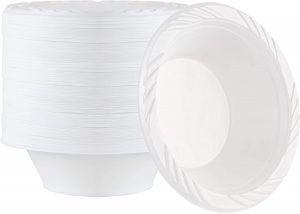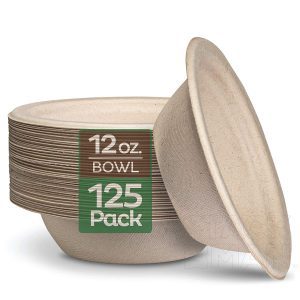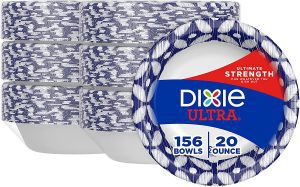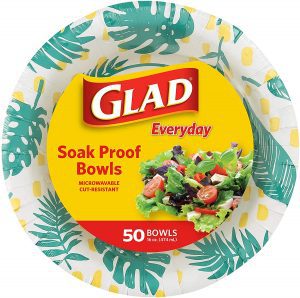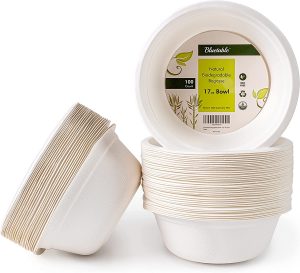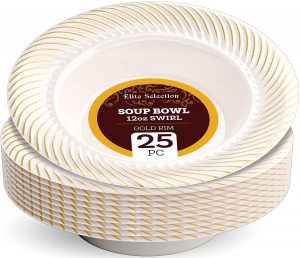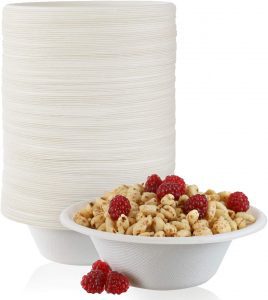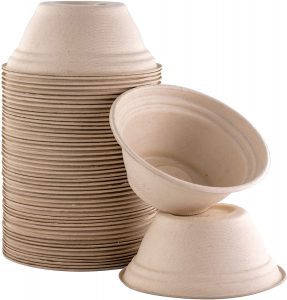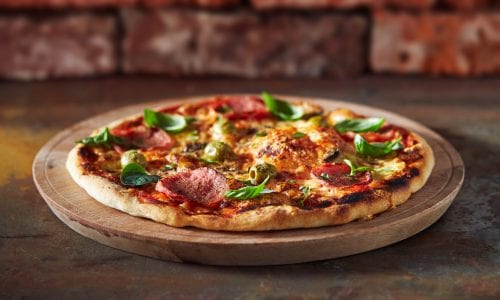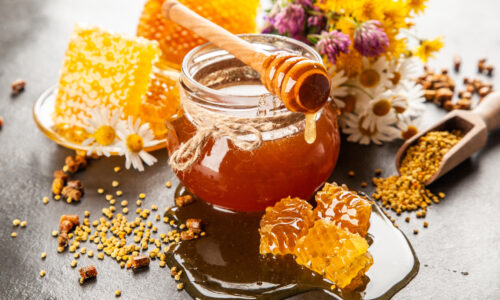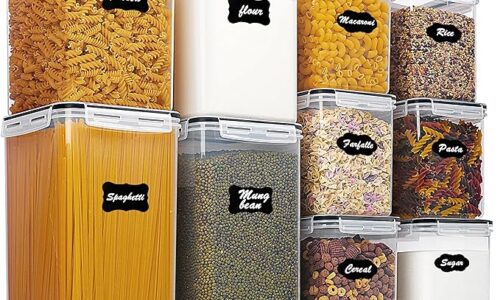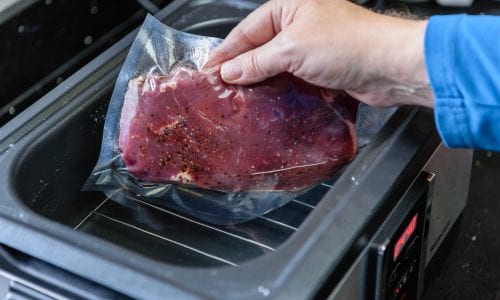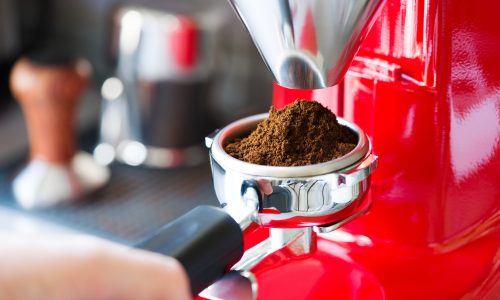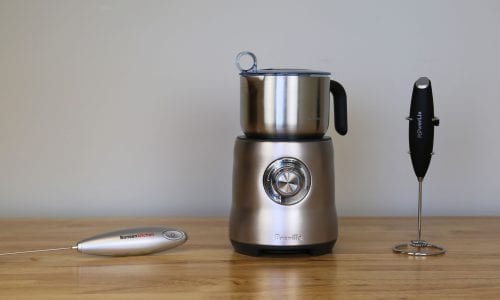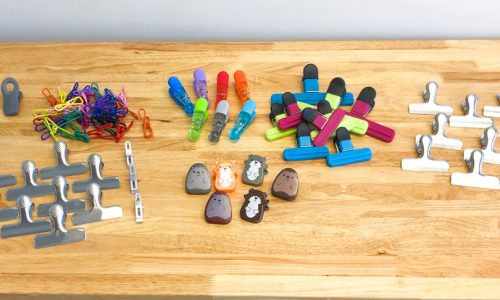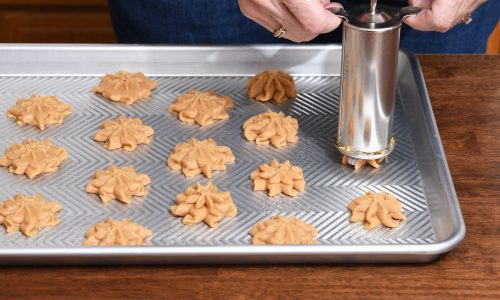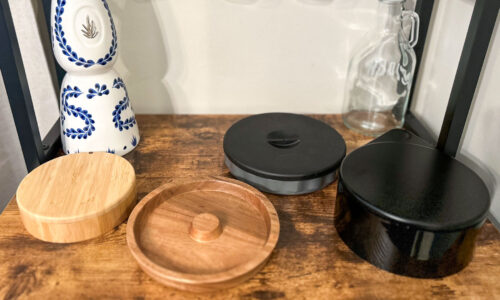The Best Disposable Soup Bowls
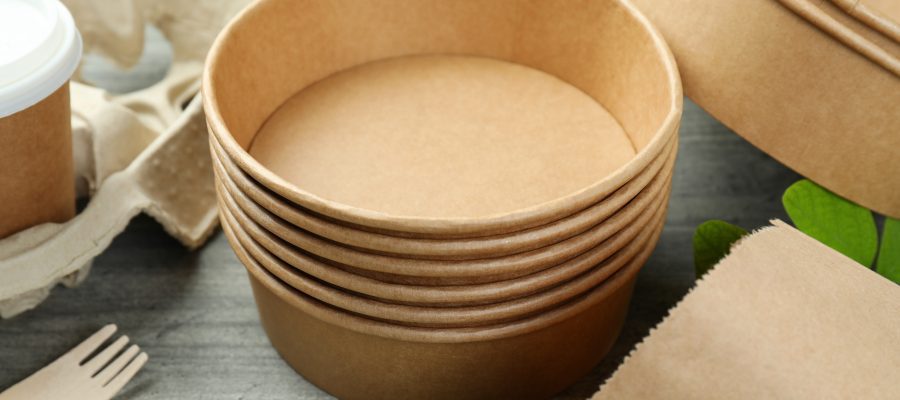
Our Review Process
Don't Waste Your Money is focused on helping you make the best purchasing decision. Our team of experts spends hundreds of hours analyzing, testing, and researching products so you don't have to. Learn more.
Our Picks For The Top Disposable Soup Bowls
- 1. PLASTICPRO Recycleable Disposable Soup Bowls, 100-Count
- 2. Stack Man Tree & Plastic Free Disposable Soup Bowls, 125-Count
- 3. Dixie Ultra Soak-Proof Disposable Soup Bowls, 156-Count
- 4. Glad Palm Leaf Print Cut-Resistant Disposable Soup Bowls, 50-Count
- 5. Bluetable BPA-Free Disposable Soup Bowls, 100-Count
- 6. Elite Selection Gold Swirl Pattern Plastic Disposable Soup Bowls, 25-Count
- 7. StarMar Microwave-Safe Compostable Disposable Soup Bowls, 125-Count
- 8. Avant Grub Microwaveable Allergen-Free Mini Disposable Soup Bowls, 25-Count
Whether you're planning a party or simply want to make evening dinner clean up a breeze, this disposable soup bowls set is an excellent buy. The 12-ounce bowls are quite versatile and can also be used for morning cereal or afternoon popcorn snacking. Since the bowls are made from a durable plastic, you can wash and reuse them if you wish.
Budget-Friendly OptionWhen it comes to price per bowl, this set of disposable soup bowls is hard to beat.
In this set, you’ll get 125 12-ounce 100% sugarcane fiber disposable soup bowls, built for handling both cold and hot foods. This is a wax-free, plastic-free, eco-friendly option that’s renewable, compostable, biodegradable and sustainably sourced.
Versatile OptionIf you need disposable dinnerware, this set of sturdy sugarcane fiber bowls works well.
With a 20-ounce capacity, these ultra-heavy-duty yet lightweight disposable paper bowls can handle anything from cereal to soup. The material is microwave safe, soak-proof and cut-proof. You’ll get 156 bowls in six separate packs.
Picnic-Friendly OptionThese disposable soup bowls are sturdy and easy to hold, making them ideal for gatherings and picnics.
Featuring vivid colors, these paper bowls come in sets of 50 and are 16 ounces in size. You can also buy coordinating paper plates in various sizes. Each plate is microwave-safe and made from high-quality materials to resist leaks and spills.
Fun for PartiesThe colorful prints on these disposable soup bowls will liven up the food table at your next party.
Buying Guide
Soup can be the perfect food. All you need is a spoon, a bowl and a microwave, and you can make a delicious meal that combines meat, vegetables and the essential nutrients you need to get you through the day.
But it’s a meal that isn’t always easy to eat. If you’re having lunch on the go, for instance, you can’t just grab it and take it in the car unless you want to slurp it from a cup. You can pack it up in a container for lunch at work, but then you’ll worry about leakage and keeping it hot. There’s always the option of bringing lunchbox-friendly bowls and spoons with you, but that also adds an extra layer of work. You have to clean them, store them, and remember to bring them when you need them.
That’s where disposable utensils and dinnerware come in. You may want to avoid regular paper bowls, because soup can challenge even the best-built ones, unless you plan to eat very quickly. For soup, you need a strong disposable bowl that can hold full servings of hot, liquid deliciousness.
Although plastic is often preferred to paper for use with food due to its sturdier build, concerns about leaching have made people wary of using it. That’s because, when heated to warmer temperatures, plastic can give off toxic chemicals that can transfer to the food you’re ingesting.
The good news is, it’s not all or nothing when it comes to the paper versus plastic soup bowl debate. In response to concerns about plastic, manufacturers have come out with disposable paper bowls that resist leaks even when weighed down with your heaviest meat soup. These bowls will feature a thicker build and may have alternative fibrous materials that not only strengthen them, but are also more eco-friendly. Look for materials that are both biodegradable and sustainably sourced for an environmentally conscious alternative to traditional paper plates and bowls.
These materials include sugarcane bagasse, which is made by crushing sugarcane stalks and removing the juice to turn it into various types of consumer products. It’s more responsibly sourced than traditional materials and has the added benefit of being biodegradable. Best of all, it’s a sturdier material that capably handles heavy liquids.
Wheatstraw is another popular material currently being used to make soup bowls. With this process, wheat that’s left over after harvests is used to make paper to cut down on tree destruction. Wheat straw is also biodegradable for a natural, eco-friendly option.
One of the best things about plastic soup bowls is that they can be washed and reused. Traditional paper bowls don’t offer that option, but some materials like sugarcane bagasse and wheatstraw will hold up if you want to rinse and reuse.
What to Look For
- Soup is often microwaved. If you like to pour your soup in the bowl before heating it, make sure to look for disposable bowls that are microwave-safe.
- Some types of paper soak up liquid-heavy foods like soup. You’ll need to find a disposable bowl made from paper that doesn’t absorb moisture. This will keep your soup container from turning soggy halfway through your meal.
- Disposable bowls are often sold in various quantities. Make sure you have somewhere to store your paper bowls if you buy a large set.
- Look for a bowl that has a rim that will give you something to grab, especially if your soup will heat up the material. However, be careful grasping the rim if you’re enjoying a heavier food like soup that might slosh out over the edge.
- You may want disposal bowls for parties and picnics. After all, one large pot of soup or chili can go a long way in feeding a small group Disposable bowls keep things simple, especially if your gathering is being held outdoors, and reduce clean-up time.
More to Explore
Archaeologists have learned quite a bit about early man from their findings over the years, and they believe soup dates back to 20,000 B.C.E. That’s the date associated with early pottery items found in Xianrendong Cave, China in 2013, which are believed to have served as waterproof, heatproof cooking devices. Archaeologists think that ancient people started cooking broths at the same time they discovered how to make these mud vessels and clay pots.
By 6000 B.C.E., soups were common in many civilizations. The first archaeological evidence that confirms this involves hippopotamus soup. This soup was reportedly made from actual bits of hippopotamus, sparrows, lentils and vegetables, along with assorted spices.
But Campbell’s revolutionized soup in 1897, when a chemist figured out how to remove water from canned soup — making it easier to store and ship. This allowed consumers to purchase canned soup for a low price and add water during the cooking process. Campbell’s has now remained a leader in the soup industry for more than a century.

